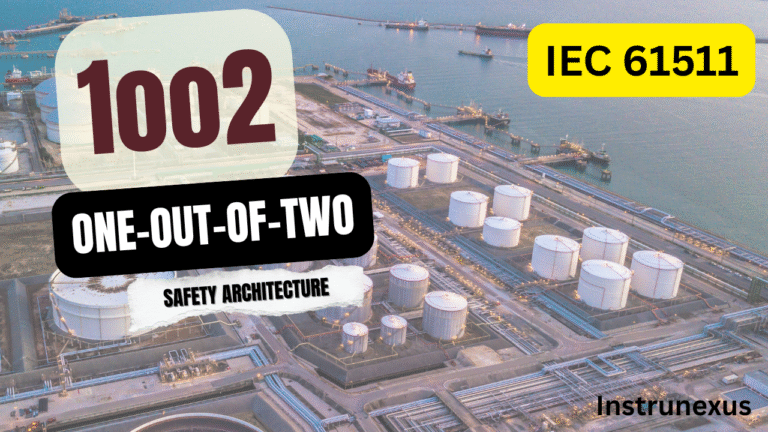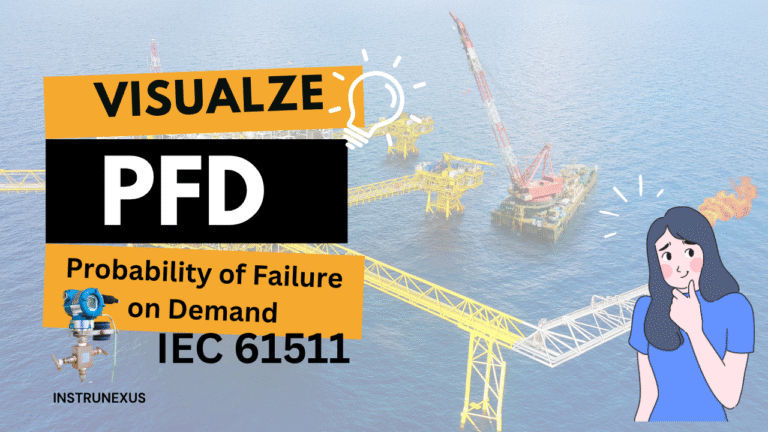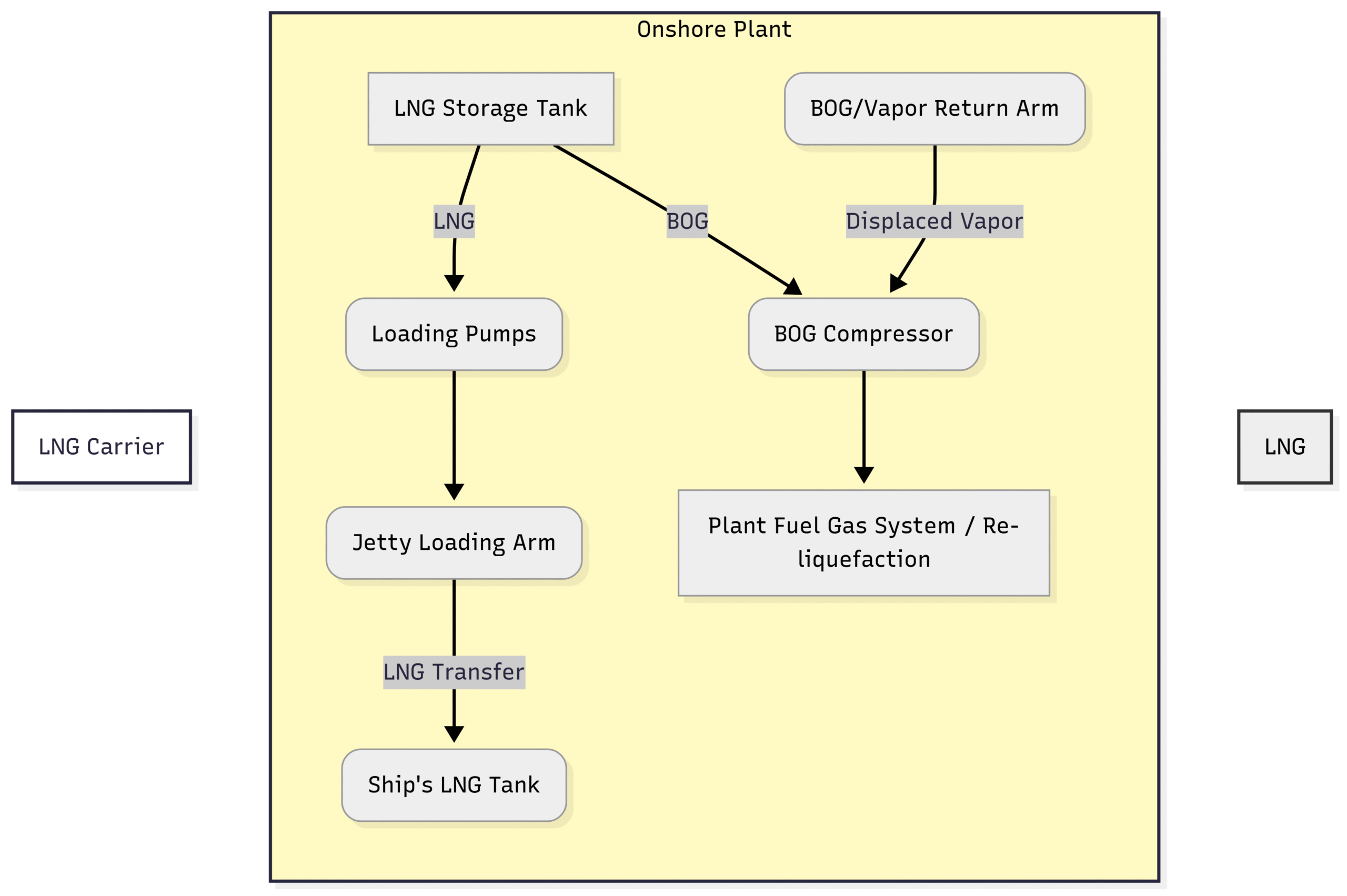Recent Updates
IEC 61511: 1oo2 Architecture Explained 1oo2 Architecture Explained A visual guide to the “One-out-of-Two” voting logic in Safety Instrumented Systems (IEC 61511). Interactive System Diagram Sensor A Sensor B Logic Solver (1oo2) Trips if A OR B detects hazard Final Element VALVE OPEN Normal Operation Hazard (Sensor A) Hazard (Sensor...
PFD & SIL Visualizer (IEC 61511) Understanding Probability of Failure on Demand (PFD) An Interactive Visual Guide based on IEC 61511 for Low Demand Mode What is PFD? Probability of Failure on Demand (PFD) is a measure of the reliability of a safety function. It represents the likelihood that a...
TÜV Rheinland vs. TÜV SÜD vs. exida: The Ultimate Functional Safety Certification Showdown (2025 Guide) In a world driven by automation, from sprawling chemical plants to the intelligent cruise control in your car, ensuring safety is not just a priority—it’s a fundamental requirement. This is the domain of functional safety...
A Construction Hazard Identification (HAZID) study for an oil and gas project follows a structured format to systematically identify potential hazards, assess their risks, and propose mitigation measures before construction begins. Here is a standard format for a Construction HAZID. 1. Introduction and Objectives This initial section sets...
Bow-Tie Analysis Worksheet: Oil & Gas Operations Date: Facility/Unit: Team Members: Scenario Scribe: 1. Hazard Identification Hazard: A source of potential harm or a situation with the potential for causing loss. Description:...
Key Objectives of a HAZID Study: A HAZID study is typically conducted during the early design stages of a project and is revisited throughout the asset’s lifecycle. Its primary goals are to: Identify potential hazards and accident scenarios. Analyze the causes and potential consequences of these hazards. Evaluate the...
A Look at the HAZOP Worksheet Format A Hazard and Operability (HAZOP) study is a systematic and structured examination of a planned or existing process or operation, designed to identify and evaluate potential hazards that may represent risks to personnel, equipment, or the environment. At the heart of this critical...
LNG Process Stages The LNG Value Chain 1. Gas Treatment 2. Liquefaction 3. Storage & Loading Gas Treatment (“Sweetening”): Raw natural gas is purified to remove impurities like water (H_2O), carbon dioxide (CO_2), and sulfur compounds. If not removed, these would freeze and damage the cryogenic equipment in the next...
DP Level Transmitter Simulator DP Level Transmitter Simulator 💧 Liquid Level: 50.0 % Process Liquid SG: Wet Leg Fill SG: Tx Elevation: 0 in Open Tank (Dry Leg) Calculated LRV: 0.00 inH₂O Calculated URV: 100.00 inH₂O Differential Pressure (DP): 50.00 inH₂O Measured Level: 50.0 % Closed Tank (Wet Leg) Calculated...









